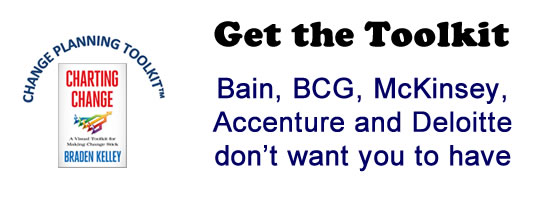Run Wildly Effective Meetings With This One Powerful Template

Getting the most out of meetings is easy if you know how to effectively design them.
One of the biggest black holes in workplace productivity is the poorly designed, poorly run meeting. No wonder 71 percent of senior managers view their companies’ meetings as unproductive and inefficient.
When meetings aren’t effective, the natural instinct is to schedule yet another meeting to make up for it. The result is meeting proliferation that zaps workplace energy and precious time and can negatively impact your corporate culture. How many times have you heard someone say they like to work nights and weekends because they can actually get “real” work done?
So how do you cut through the morass and design the most effective meeting possible?
In my consulting and leadership development practice, I design and run lots of meetings. I’ve learned simple secrets over the years for saving loads of time crafting the agenda and making sure everyone’s clear on the purpose, objectives, and process of the meeting.
Here are my top tips for supercharging your meetings so you save time, optimize effectiveness, and reduce the likelihood you’ll need another follow-on meeting to get real results:
Start with the End in Mind
The most successful meetings start with the end in mind. If you’re clear on the outcome of the meeting before you have it, it’s way easier to ensure you get it. Define your meeting objectives before doing anything else. Clear objectives help guide who should even be invited to attend, how much time will likely be needed, and what you need to do during the meeting to achieve your desired results.
Pick Participants Wisely
It’s one thing to be “CC’ed” on an email. You take a quick glance and move on since you’re really not needed for the reply. Inviting people to a meeting who don’t really need to be there wastes everyone’s time–and encourages multitasking when their minds start wandering, which disrupts the flow. The criteria for who should be in the room is simple: Is the person needed for essential information, their creative ideas, or to make a specific decision? If not, they probably should just get CC’ed on any notes after the meeting is over.
Use a Flexible Template
When it comes to designing effective meetings, iteration is usually needed, which means you’ll need to draft and re-draft your agenda. On top of that, most meetings don’t go as planned, especially if they involve any aspect of creativity. Adjusting your agenda on the fly may be the difference between achieving your goals and falling short.
Whether prior to the meeting or while you’re in the middle of it, changing the duration of a single agenda item has a cascading effect on the timing of the other agenda items that follow it–which means you need to recalculate and enter new start and end times, over and over and over again.
I’ve saved untold hours by developing an agenda template using a spreadsheet rather than using a static document. Why? It’s possible to create formulas that allow for any modifications to automatically update the rest of the agenda. It’s essential to use tools that can be quickly changed based on shifting meeting priorities.
Capture Actions, Owners, and Due Dates
Management guru Peter Drucker got it right when he said: “Unless commitment is made, there are only promises and hopes.” Without clear actions, owners, and due dates for completing actions, it’s unlikely you’ll see real results. Always end your meeting with a way to capture exactly who will do what by when. Schedule another meeting if needed, but before doing so, ask the group, “Do we need to meet again, or can we run with this now?”
It may seem obvious, but most managers and teams don’t realize a simple fact:Â the most effective and successful companies know how to run the most effective and successful meetings. It’s not rocket science, but it does take thought and intention–something hard to come by in today’s frenetic work environment.
Image credit: Pixabay
Wait! Before you go…
Choose how you want the latest innovation content delivered to you:
- Daily — RSS Feed — Email — Twitter — Facebook — Linkedin Today
- Weekly — Email Newsletter — Free Magazine — Linkedin Group
 Soren Kaplan is the bestselling and award-winning author of Leapfrogging and The Invisible Advantage, an affiliated professor at USC’s Center for Effective Organizations, a former corporate executive, and a co-founder of UpBOARD. He has been recognized by the Thinkers50 as one of the world’s top keynote speakers and thought leaders in business strategy and innovation.
Soren Kaplan is the bestselling and award-winning author of Leapfrogging and The Invisible Advantage, an affiliated professor at USC’s Center for Effective Organizations, a former corporate executive, and a co-founder of UpBOARD. He has been recognized by the Thinkers50 as one of the world’s top keynote speakers and thought leaders in business strategy and innovation.
NEVER MISS ANOTHER NEWSLETTER!
LATEST BLOGS
How Brexit Has Affected UK E-commerce Businesses
Photo by Zyro on Unsplash The popularity of online shopping was already growing at an impressive rate – and…
Read MoreOvercoming range anxiety: three tips for EV owners
Photo by Jenny Ueberberg on Unsplash In the last few years, electric vehicles (EVs) have become more and more…
Read More


